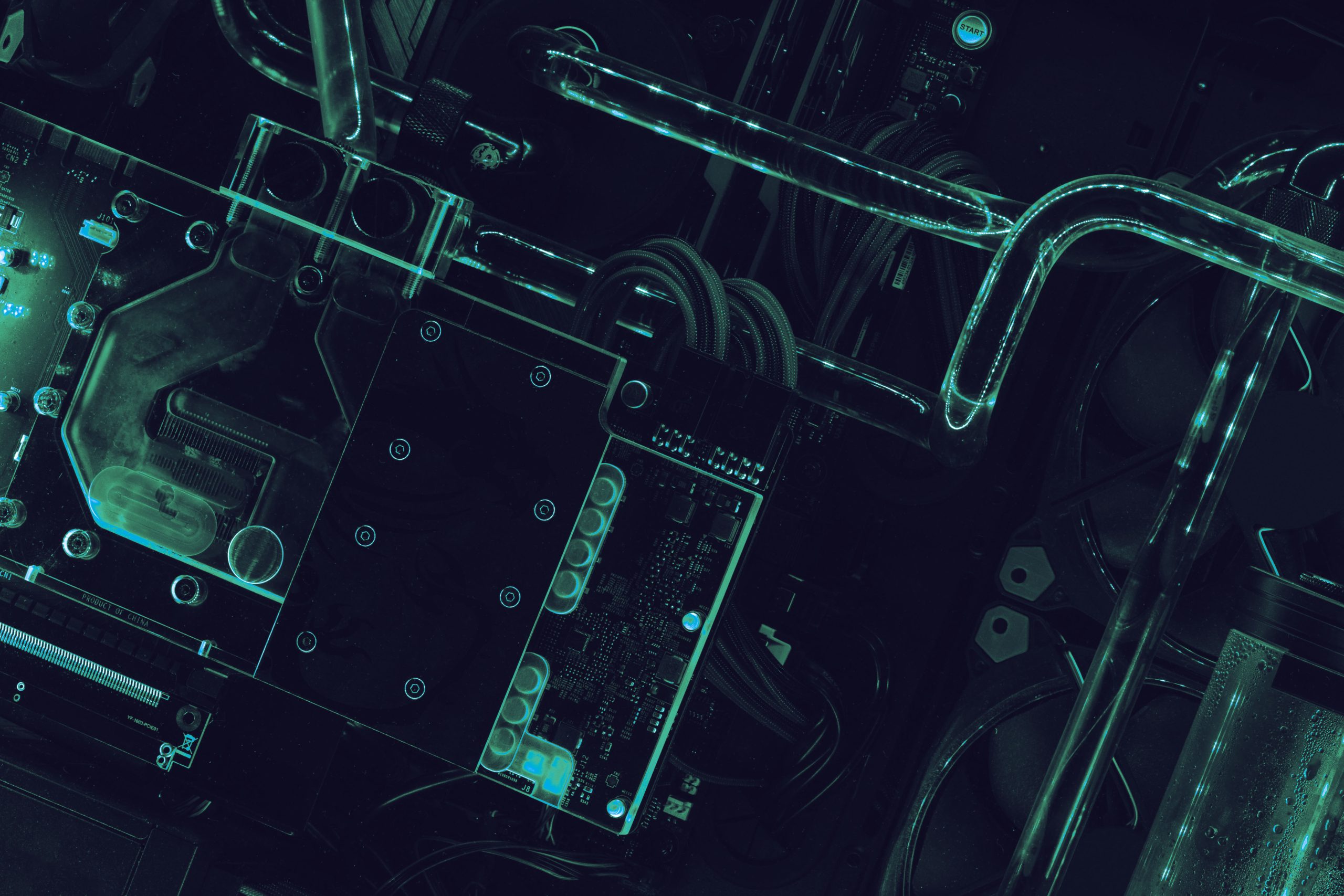The role of a Chief Technology Officer develops as rapidly as the technology that they work with. On Episode 27 of The Cyber Security Matters Podcast, we were joined by Nurettin Erginoz, the CTO at Radiflow, to explore his experiences in the role. Here’s what he said:
Can you tell us about your journey to becoming Radiflow’s CTO?
I had just started as a teaching assistant at the University when DDoS attacks became much more popular in some hacking groups. They were targeting some government places and agencies. I got an invitation from one of the companies that is famous for innovative application firewalls and DDoS mitigation and protection services. I joined them as an information security management and technical director.
Then IBM has a role there too. I was initially responsible for Central and East Europe there, but they upgraded my position to the whole of Europe. That gave me the chance to meet different cultures and see different attacks in different geographies and sectors.
A big milestone for me is going to big educational places or different sectors like government, military, etc. to see exactly what is happening there. I built a team as a Deputy General Manager from scratch – I created the whole cybersecurity team and SOC and forensics labs as well. Afterwards, I jumped into a startup, which we took to exit in three years. I got hands-on experience with mergers and acquisitions, then transitioned directly into this CTO position, concentrated on the strategic part, because security is a live sector.
Even day-to-day, everything is changing in our sector, so strategy is very important here. From a product perspective, the attack surface and technical elements, together with the strategic selling points, mean that there is a lot to stay on top of—even before reaching regulatory milestones.

What are the main challenges that are that are faced by any CTO?
For any CTO, it is a challenging role. Previously, it would have consisted of managing the research and development team and focusing on coding, but now everything is changing. We have DevOps teams and SEC ops teams, and everything is connected. The threat landscape is changing too, so CTOs have to understand whether they’re coming from cyber or not. All CTOs have to understand the threat landscape, because of the concerns around security and balancing it with business goals. The product should be running without security blocking its process or development.
Compliance and regulations are another challenge for CTOs. The number of regulations is increasing day by day, so CTOs are having to get familiar with the area that their product or company is in. When their management adds another topic connected to the supply chain, that adds more security as well that we have to understand. It’s a CTO’s responsibility to manage the vendors and understand performance and risk levels as well.
There are so many challenges to juggle, like incident response, cloud security, IoT mobility, and the board and executive committees’ coordination. Communication is another big topic that all CTOs must concentrate on because we are always talking with stakeholders.
To find out more about life in a CTO role, tune into Episode 27 of The Cyber Security Matters Podcast here.
We sit down regularly with some of the biggest names in our industry, we dedicate our podcast to the stories of leaders in the technologies industries that bring us closer together. Follow the link here to see some of our latest episodes and don’t forget to subscribe.
